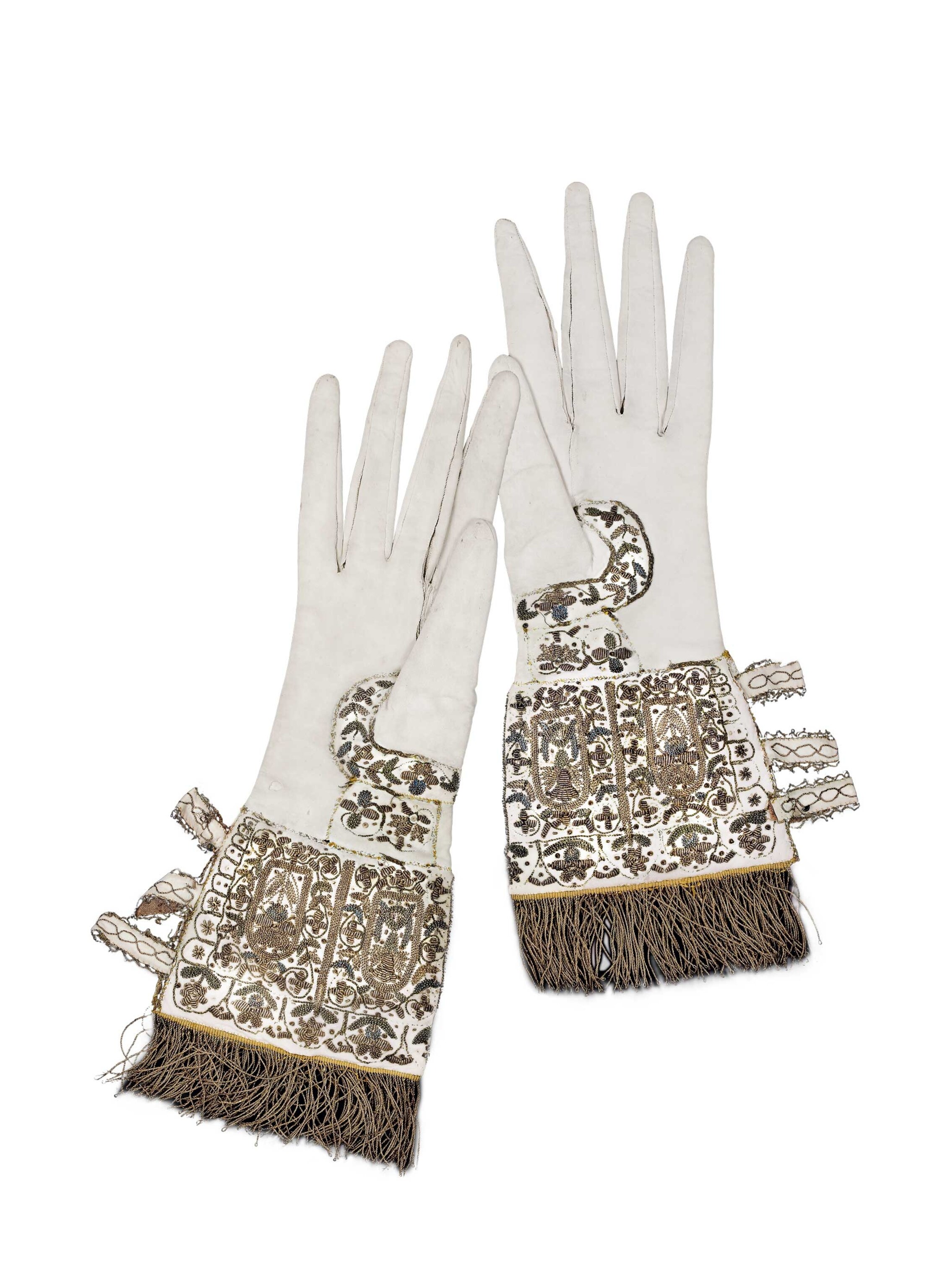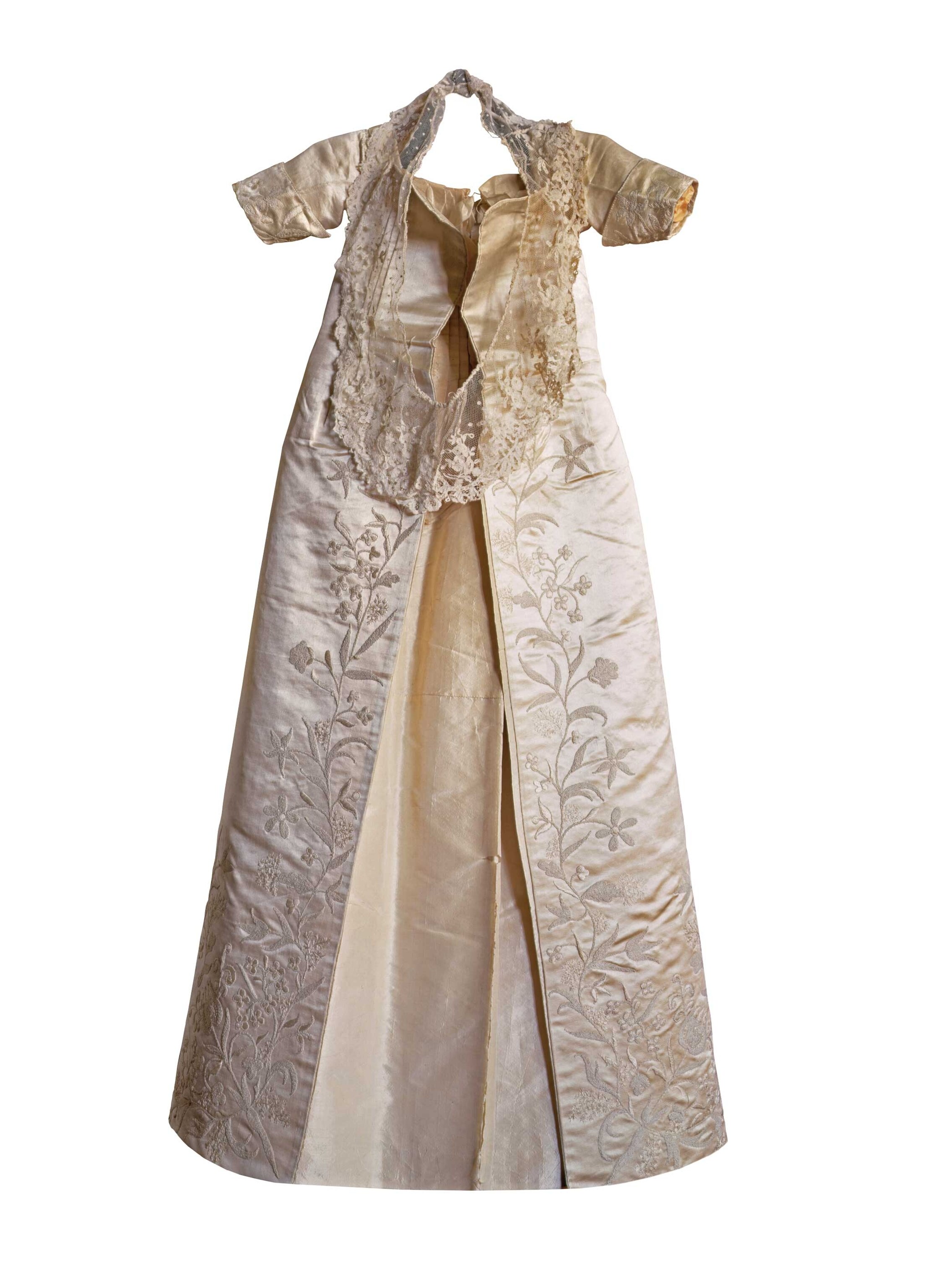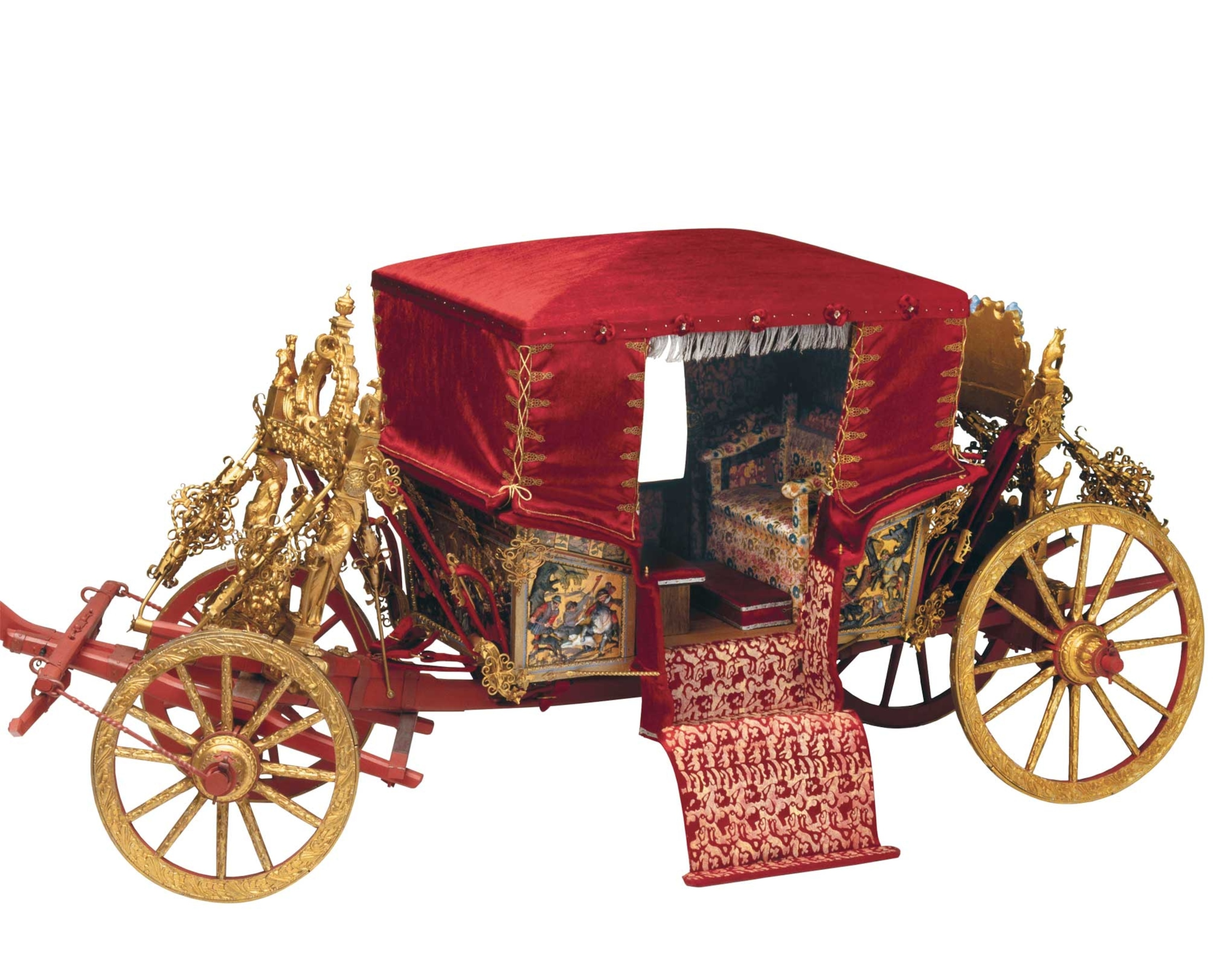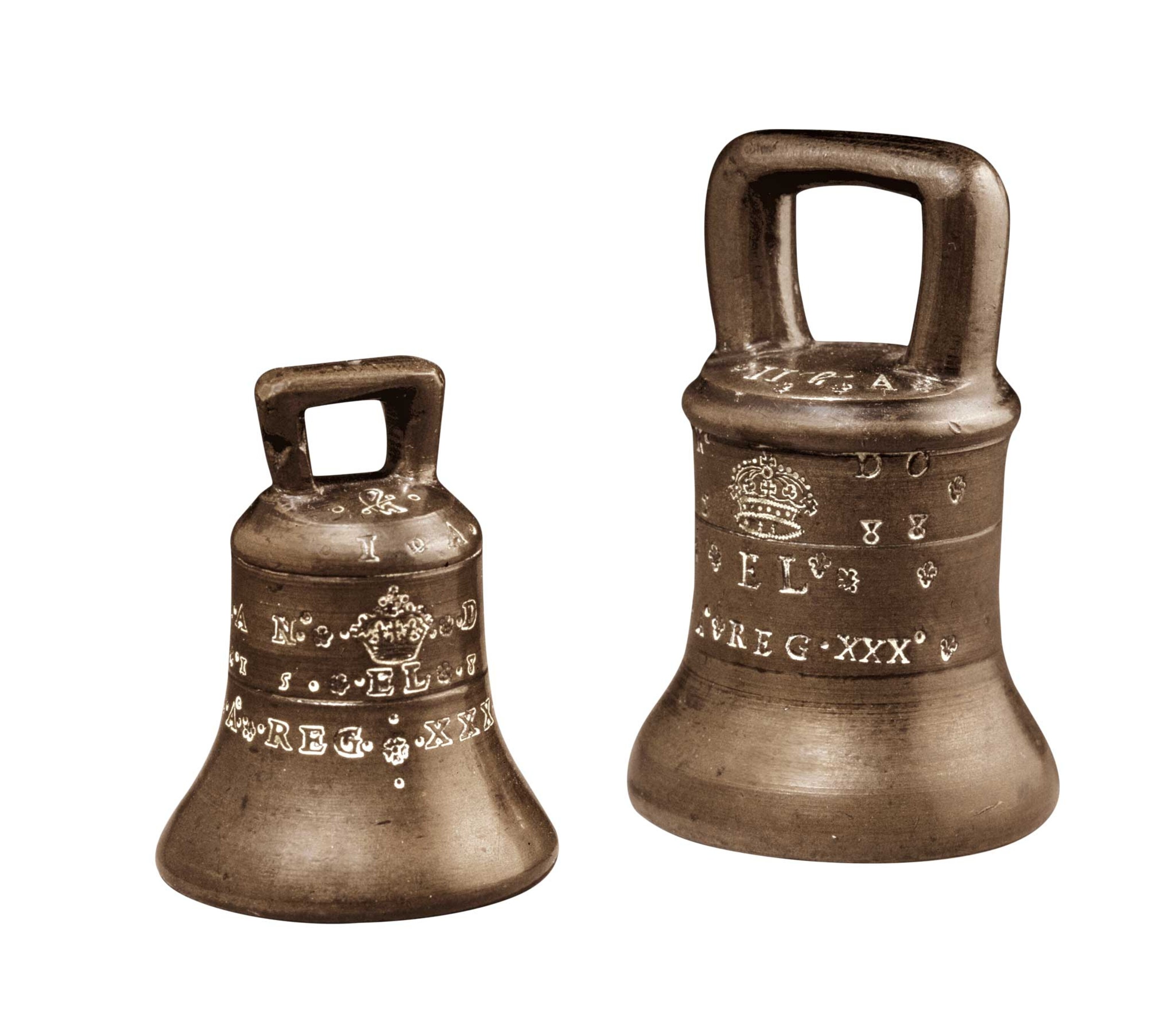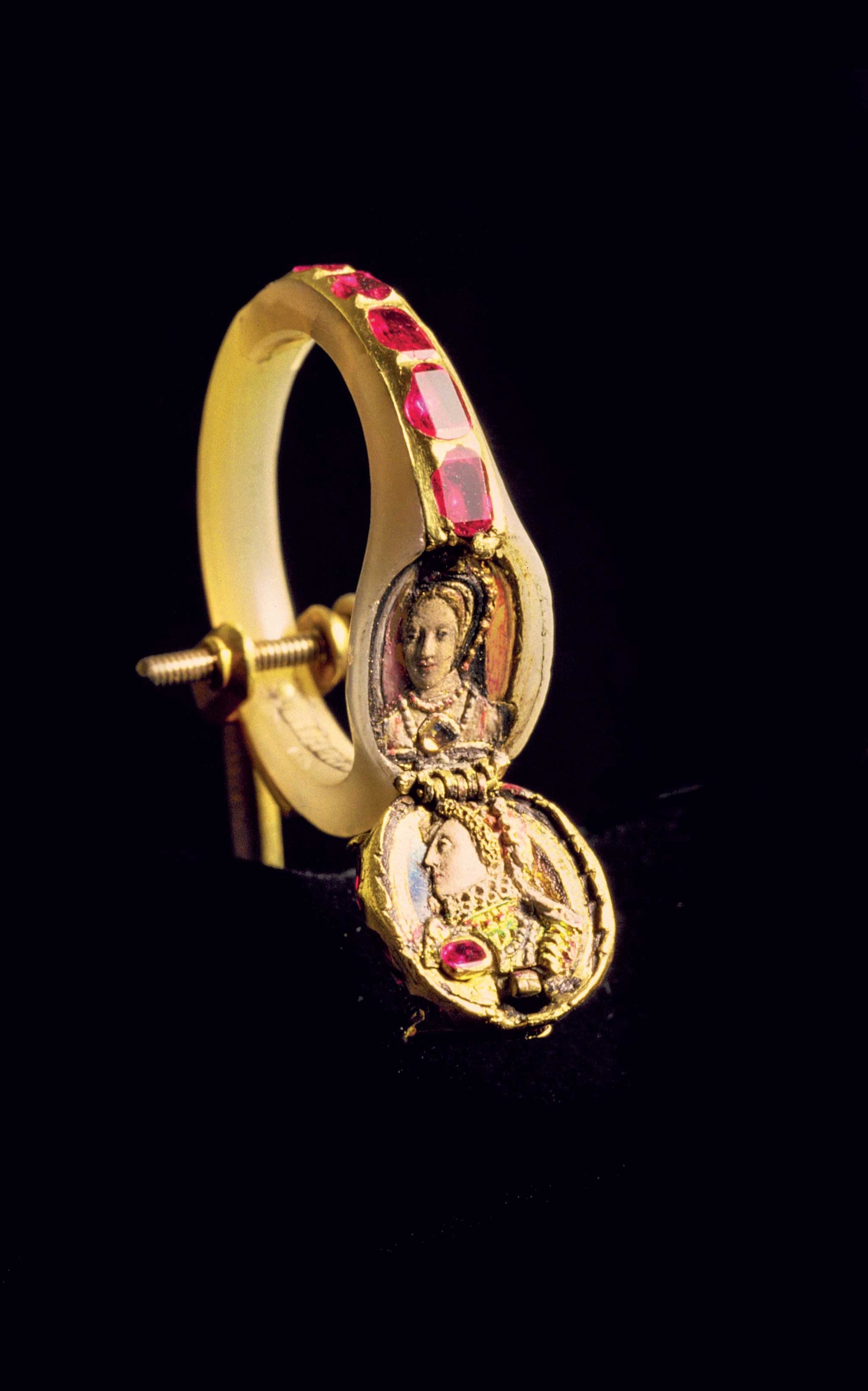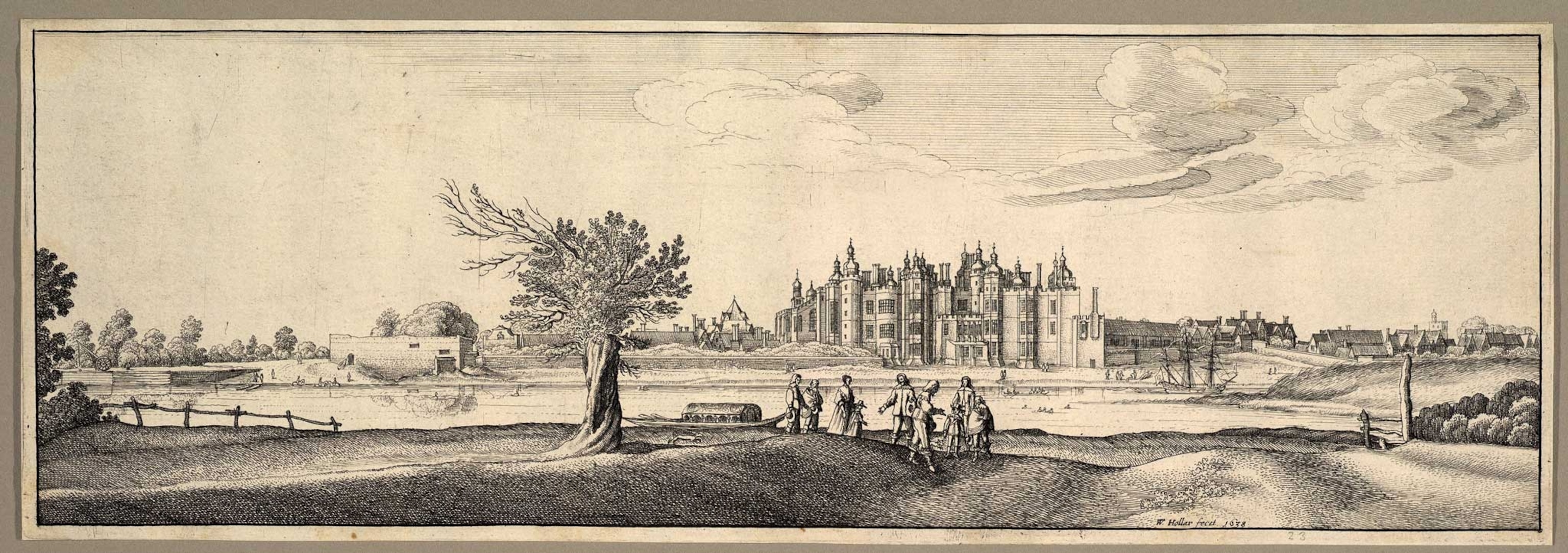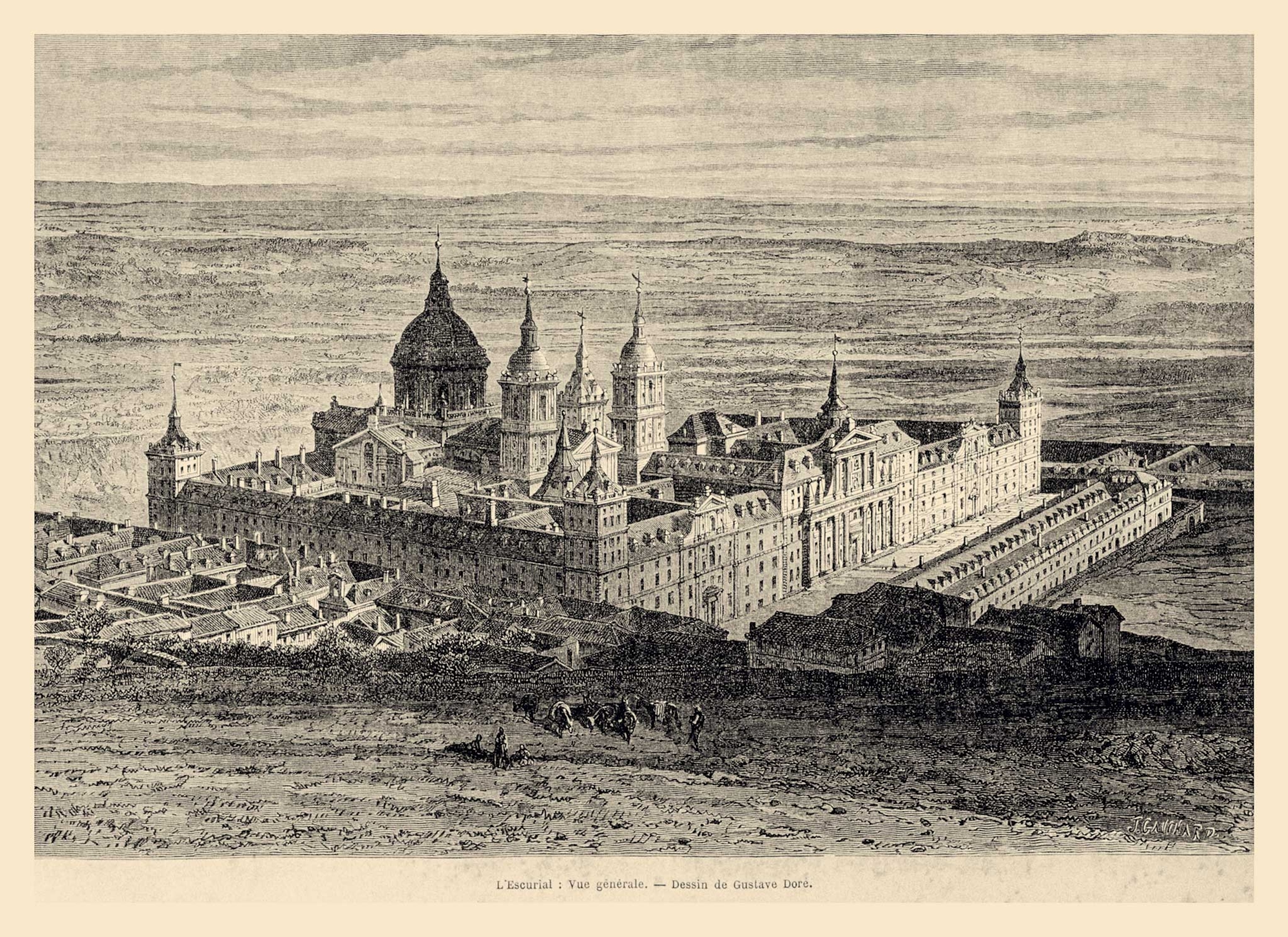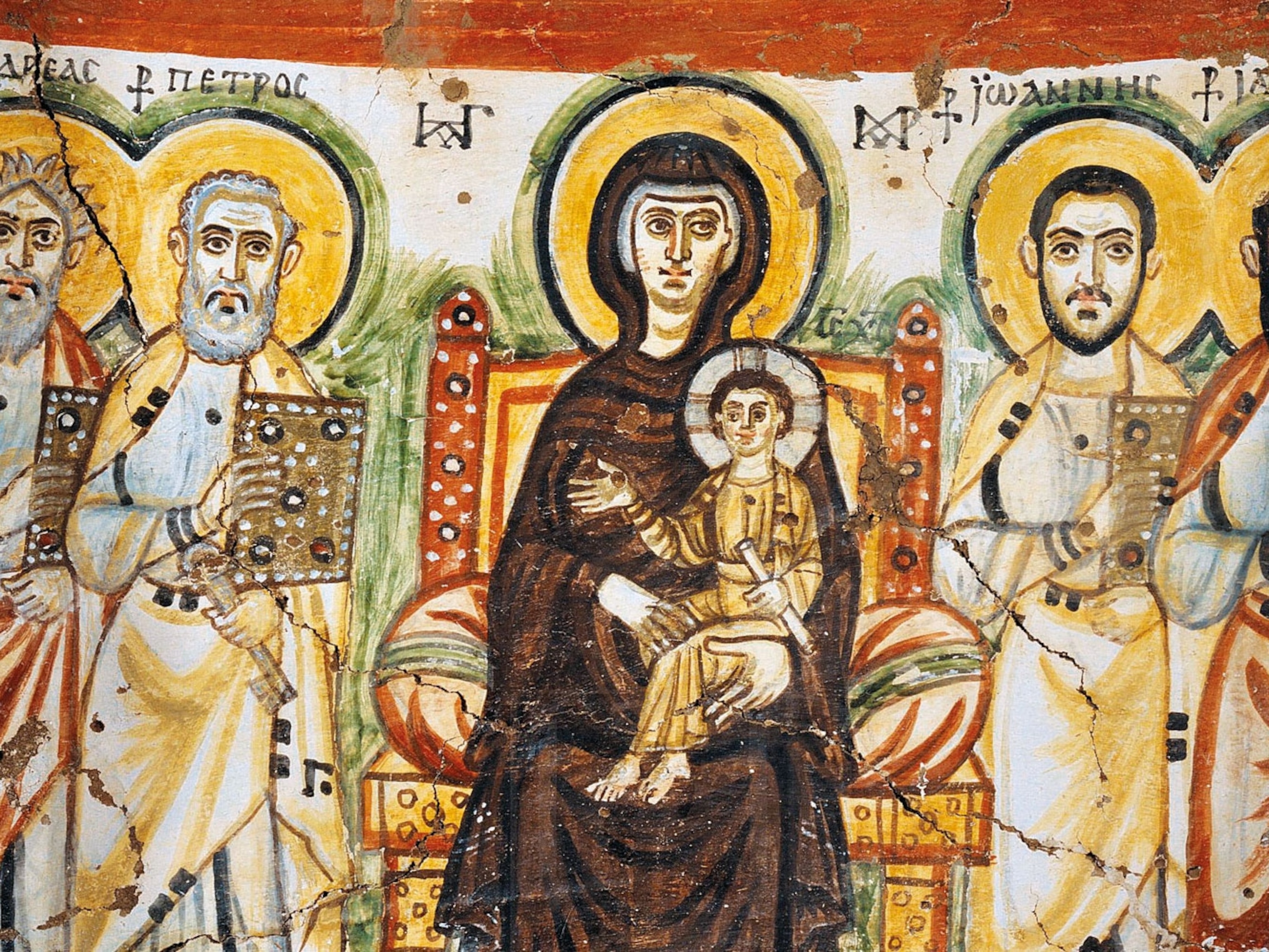From allies to enemies: Queen Elizabeth and King Philip
Struggles over faith and politics turned the two ambitious monarchs to rivals, competing for glory and power on the world stage.

During the summer of 1588, England prepared to face the full might of the Spanish Empire, its most dangerous foe. The indomitable Spanish Armada was sailing toward Albion’s shores, carrying soldiers set to invade. Anticipating the attack, Queen Elizabeth I prepared to address her troops stationed at Tilbury Fort in England. Accounts describe her like a goddess of war: white plumes in her hair, a metal cuirass over white gown, and astride a warhorse as she delivered a rousing speech to her men: “I know I have the body of a weak and feeble woman,” she said, “but I have the heart and stomach of a king, and of a king of England too, and think foul scorn that . . . Spain, or any prince of Europe, should dare to invade the borders of my realm.”
The ultimate defeat of the Spanish would cement Elizabeth’s position as a formidable leader of a world power, strong enough to rival Philip II of Spain. But Philip had once been Elizabeth’s family, then a potential mate and uneasy ally. Elizabeth and Philip—these two powerful people—would begin their relationship peacefully, even warmly, but they would become enemies, facing off in a battle of empires and faiths that would last until death.

An Unlikely Queen
The future Queen Elizabeth I was conceived in controversy, a beginning which perhaps forged her strength and skill. Her father, Henry VIII, divorced his first wife, Catherine of Aragon, and broke with the Catholic Church, to wed Anne Boleyn, who would bear Elizabeth. The birth did not please Elizabeth’s father, who had hoped for a son and heir. Anne Boleyn soon fell from favor and lost her head, as Henry’s wandering eye sought a new queen, one who would give him a son. He eventually found one.
When Henry’s son Edward was born, Elizabeth became third in line to the throne behind her new half brother and her older half sister, Mary, the Catholic daughter of Henry’s first marriage. After Henry died in 1547, Edward, age nine, succeeded him, but the young Protestant king’s reign was cut short by illness. Mary took the throne in 1553, to the delight of her Catholic subjects and the shock of Protestants. Throughout the religious turmoil of Henry’s reign, Mary had remained a devout Catholic, and now she sought a husband so that she could produce a Catholic heir for England. She found her match in the 27-year-old prince Philip of Spain, son of the Holy Roman Emperor and heir to the Spanish Empire. If the two produced a successor, the Protestant Elizabeth would never take the throne.
Mary’s pending marriage was unpopular, and in March 1554, English Protestants rebelled. They hoped to overthrow Mary and place the Protestant Elizabeth on the throne. The rebellion was quashed, the conspirators executed, and Elizabeth imprisoned. Claiming she had no involvement in the conspiracy, Elizabeth was nonetheless held in the Tower of London for two months before being placed under house arrest in Woodstock Palace, some 75 miles to the north.
Four months later, a Spanish fleet of 180 ships carrying 10,000 soldiers and Mary’s groom arrived in England. Although the man who stepped onto the quay at Southampton was an ardent Roman Catholic, Philip opposed attempts to put Elizabeth on trial because he did not want to stir Protestant ire. His intervention saved Elizabeth, a move he might have later come to regret.
Surprise Outcomes
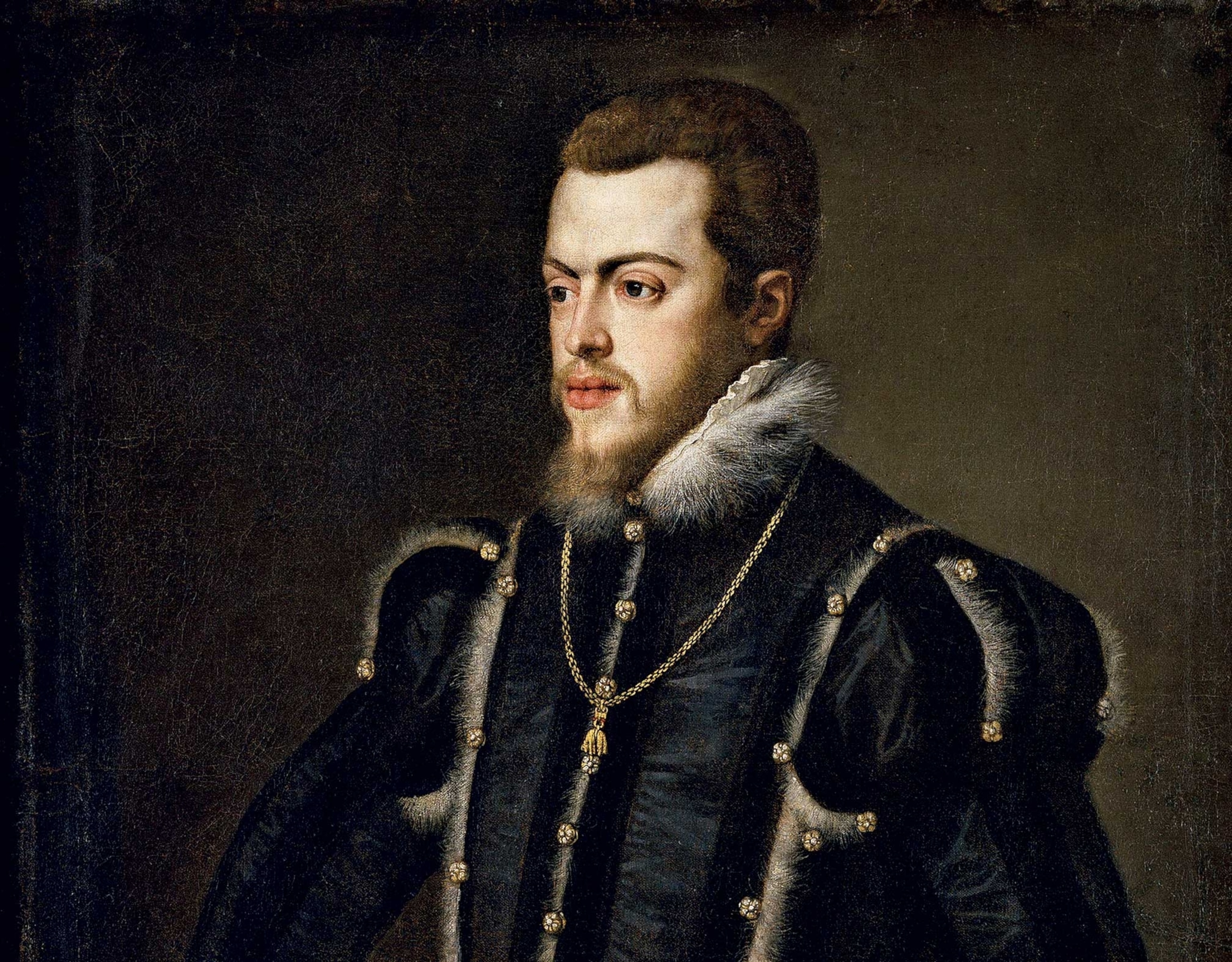
The relationship between Elizabeth of England and Philip of Spain was complex, but at their birth, few would have seen them as equal sparring partners. Philip, born in 1527, would one day inherit a sprawling empire in Europe and the New World; Elizabeth, born six years later, was an unwanted princess of a minor power. While Philip was mentored by his father, Charles V, scoring his first military victory against France at age 15, the young Elizabeth sought only to survive the religious upheaval of the reigns of her half siblings. The fact that Elizabeth eventually reigned so long, against so many odds, fueled her legacy as Gloriana. Philip, meanwhile, has been branded a gloomy obsessive, whose suspicion of advisers and hatred of Protestantism poisoned his empire. Even so, just as the notion of Good Queen Bess is challenged by historians, Philip’s role has also been reassessed. More intelligent and open-minded than he has often been given credit for, his patronage led to the accumulation of one of the greatest royal collections ever, which includes masterpieces by Titian and El Greco, among much else.
All in the Family
Six years older than the intelligent, vivacious Elizabeth, Phillip had come grudgingly to England to marry Mary. He routinely referred to his bride as “my aunt,” since she was not only 11 years his senior but also the daughter of his great aunt, Catherine of Aragon. Like most royal marriages, the union with Mary was for power, not love.
Philip’s father, Charles V, ruled an empire that stretched from Spain to Holland to Naples and the New World. Perhaps the most powerful man in Europe, Charles wanted to secure an alliance with England, partially motivated by the fact that their two enemies—France and Scotland—were about to ally through marriage. To bolster Philip’s standing, Charles bestowed control of the kingdoms of Naples and Sicily to Philip in 1554.
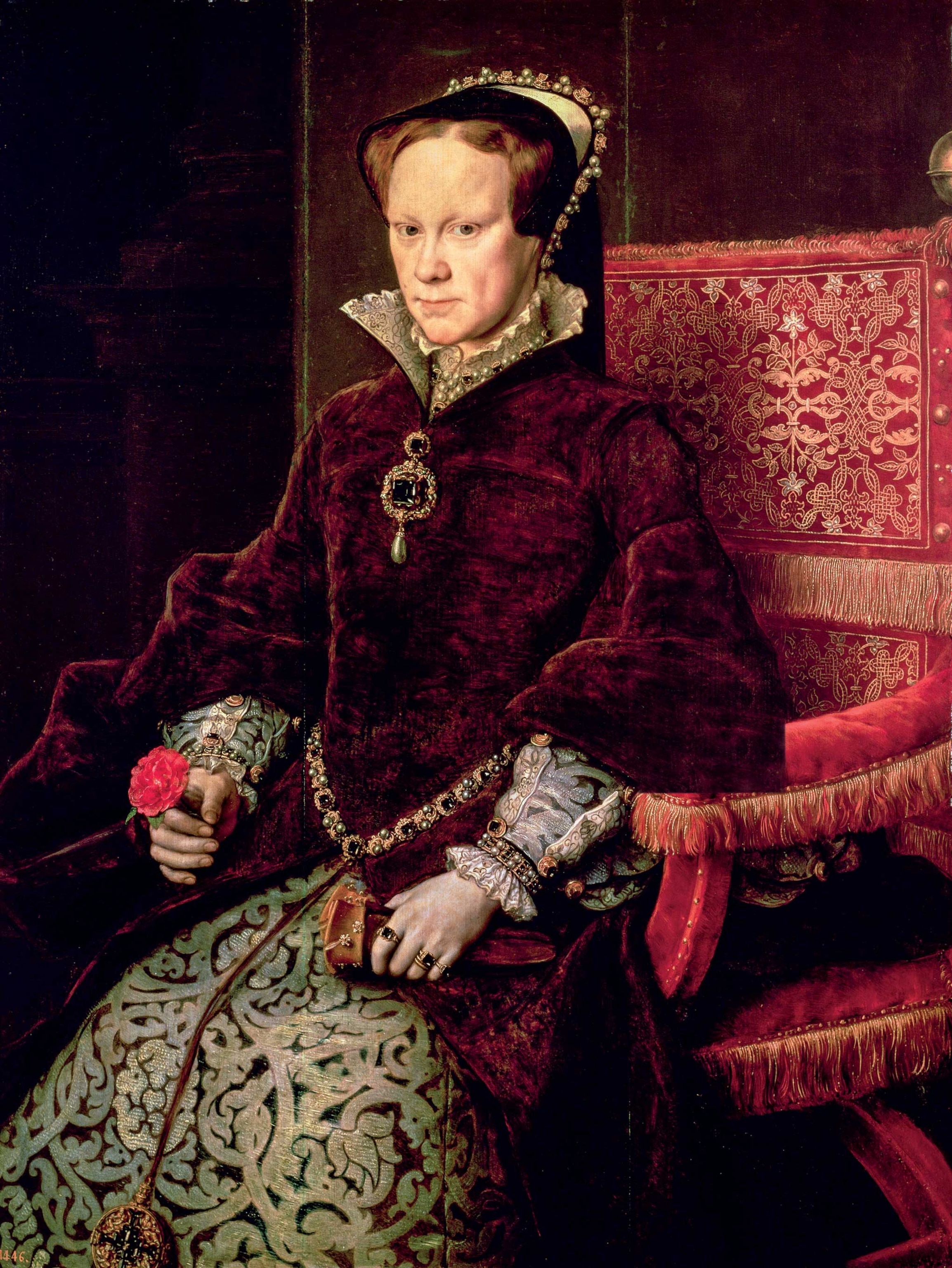
Many of Mary’s subjects were not pleased that Henry VIII had separated the church in England from Rome after the pope had refused to sanction his divorce. During the reign of Edward VI, England moved further away from Catholicism, laying the foundations of a Protestant reformation. As king consort of England, Philip, Mary believed, would soon have helped reverse that course.
In her quest to return England to the Catholic faith, the queen earned the nickname Bloody Mary for persecuting heretics and burning hundreds of Protestants at the stake. Mary adored her husband, who was described by one observer as having a “perfectly” proportioned body and “well-favored” face, “with a broad forehead, and grey eyes, straight-nosed and manly countenance . . . and of most gentle nature.” Despite her happiness, Mary endured several false pregnancies and never had any children. If she had, the restoration of Catholicism in England might have been a success.
Because of Mary’s brutality, Philip grew unpopular in England, and murder plots were hatched against him. Luckily for him, he spent little time there, preferring his father’s realms in Holland. He was there when he heard that Mary was dying in 1558. His reaction was as pragmatic as his marriage had been. While the French king denounced Elizabeth as “a bastard” who was unfit to rule, he offered her his support as heiress. By the end of the year she was England’s queen.
The Queen's Treasures
Philip the Prudent
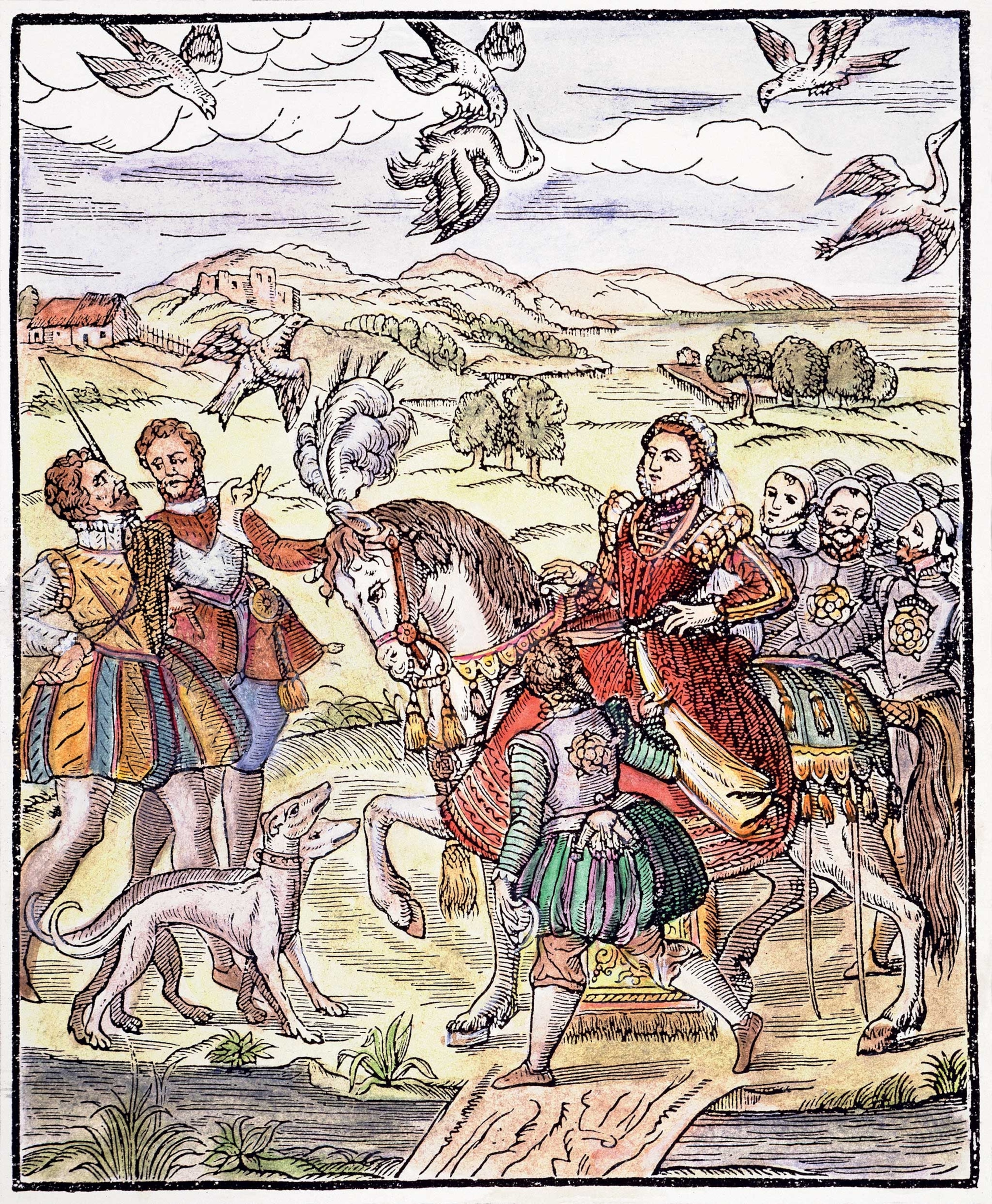
In many ways these two young monarchs were remarkably similar. Learned and with lively minds, they dressed simply—at this stage of their lives—as required by both Protestants and Catholics alike. They shared favorite pastimes—hunting, hawking, and riding. But when Philip asked to marry Elizabeth, claiming he would take no less care of the affairs of “the sister whom I love so much, than I take of my own,” his reasons were strategic. After a long engagement, the heir to the French throne, Francis, had married Elizabeth’s Catholic cousin Mary Stuart, Queen of Scots, cementing an alliance that threatened Spain as much as England. An Anglo-Spanish alliance seemed prudent.
Philip insisted, however, that Elizabeth first abandon her faith—a step too far for the young English queen. Perhaps that is why she stalled and ultimately turned him down, making the Spaniard the first of many failed candidates to attempt to marry the new monarch. They nevertheless remained on good terms, but their relationship would deteriorate in years to come.
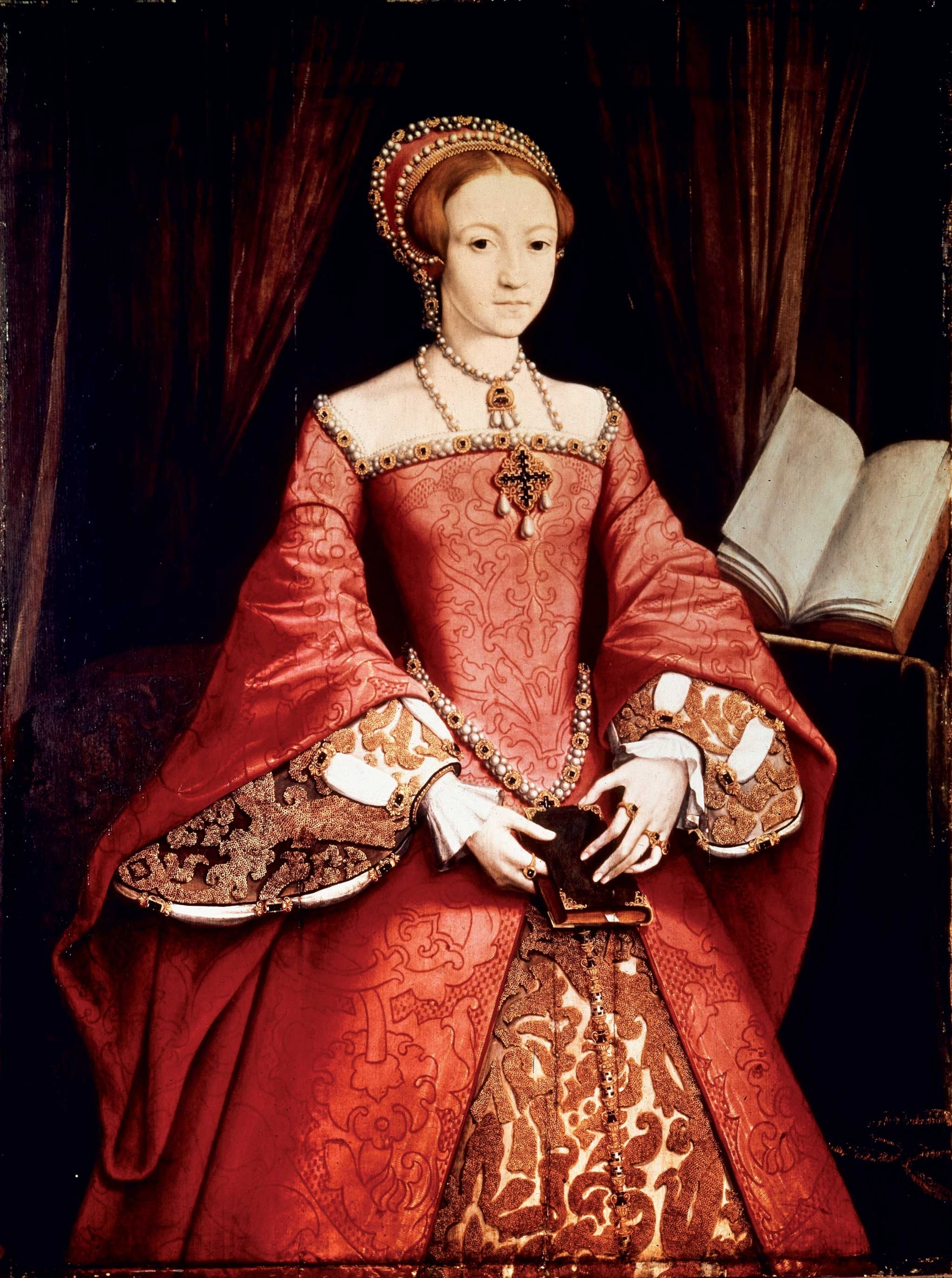
Both Philip and Elizabeth believed that monarchs were chosen by God. That God, however, was worshipped differently. As Protestants and Catholics fought all across Europe, the conflict would shape their relationship. At first Philip was upset with the pope for excommunicating Elizabeth in 1570. But in time his religious instincts won out against other political considerations. He had always been a devout Catholic, with a messianic belief that the world must be cleansed of heresy before the Second Coming.
Changing Sides
After Philip’s father abdicated in 1556, he split his empire and handed his son control of Spain, as well as his territories in the Americas and the Netherlands. Spain was Europe’s dominant power, and now Philip II was its leader. As Spain’s might grew, though, so did its enemies. Chief among them were Protestants, France, and the Ottoman Turks. A notorious micro-manager, Philip attempted to handle these myriad threats himself. With bullion ships from the New World flooding Spain with gold and silver, Philip could, in the short term, pay for armies. But eventually even his finances grew strained. To raise funds, Philip levied new taxes on the Dutch in the 1560s, which would spark a rebellion fueled by religious edicts and laws against Protestants. Philip and his subordinates were attempting to defend the Catholic faith from heresies and became entangled in a protracted war as the Netherlands began to revolt. Queen Elizabeth at first watched this conflict from the sides, reluctant to involve her country in the affairs of another.
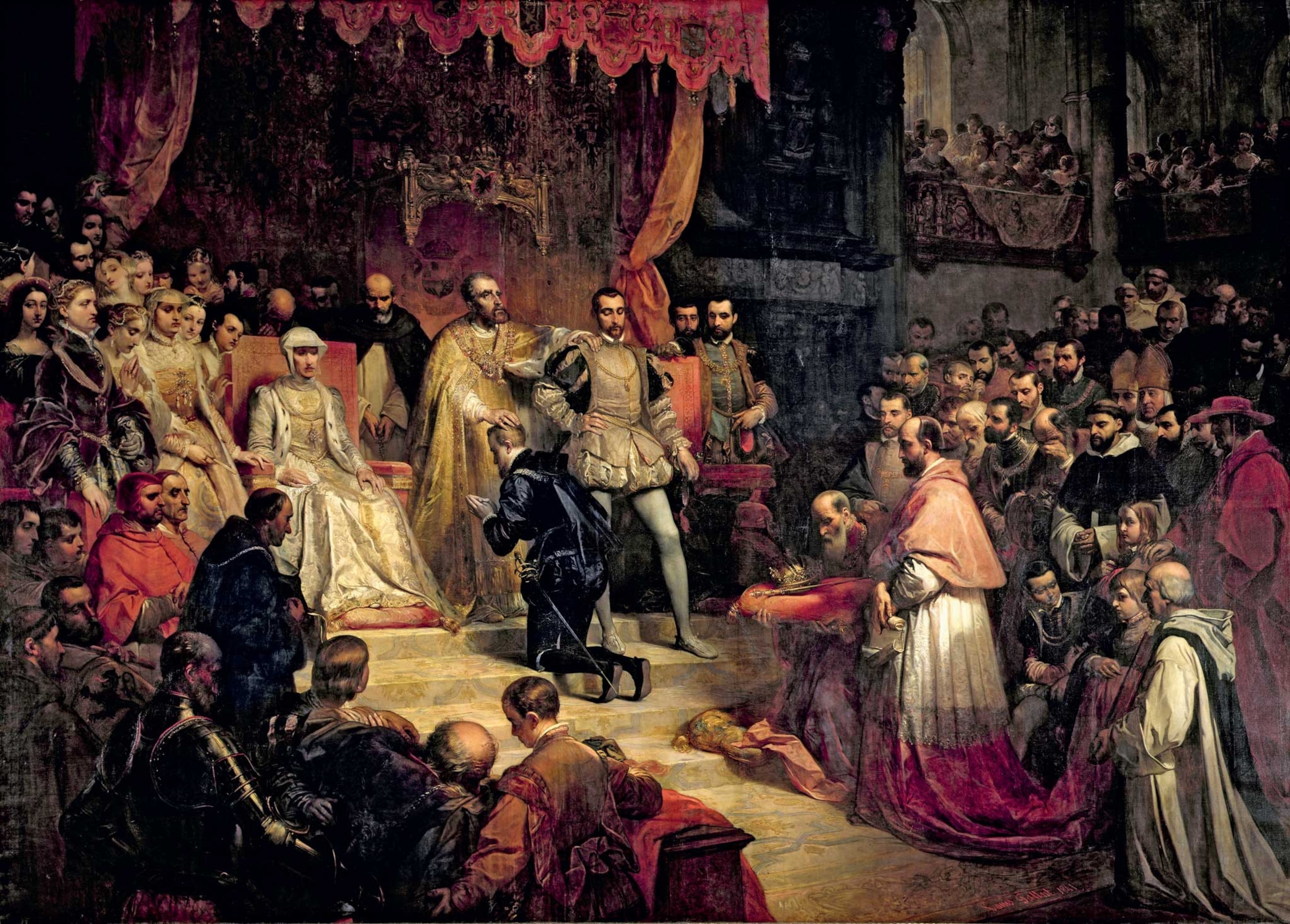
In 1571 Philip masterminded a crushing defeat of the Ottoman Empire at the naval Battle of Lepanto. That same year, the Spanish emperor changed his position on Protestant England. He instructed his finest general, the Duke of Alba, to invade England with an army of just 6,000 men. When the duke told him this was lunacy, Philip insisted that it was God’s will. He had already, with Mary, restored England to Catholicism once. Now he would do it again. Elizabeth held England through “tyranny,” he claimed, while Mary Queen of Scots was the “true and legitimate successor.” Her French husband had died in 1560, ending the Scottish-French alliance. Philip began to see Mary Stuart as a potential Catholic replacement for Elizabeth on the English throne.
“His majesty is hot for this venture,” wrote one Spanish adviser, amazed that, even after Elizabeth discovered this dramatic change in policy, Philip insisted on sticking by it. The invasion attempt did not happen this time, but Spain and England had become open enemies.
A Tale of Two Palaces
The Queen’s Challenge
Elizabeth maintained a firm grip on her kingdom through her mastery of creating a charismatic public image. Her colorful language, biting wit, and willingness to display herself to her people—often after delving into a vast wardrobe, replete with symbols of power—combined to make her both popular and revered. She boasted of her “mere English” bloodline and soon became known as Good Queen Bess. She played both domestic magnates and foreign allies against one another by dangling in front of them the possibility of marriage, dazzling them with her command of languages, deep culture, and ability to compose a well-constructed sonnet.

Abroad, however, she could not compete with Philip’s growing global empire. Although England’s naval power grew under Elizabeth, her navy was still heavily dependant on merchant and private ships to defend England’s shores. The key expeditions of Elizabeth’s reign, such as Martin Frobisher’s adventures in Greenland and Canada, and Francis Drake’s circumnavigation of the globe between 1577 and 1580, were remarkable achievements, but they did not present a threat to Spain. Philip II’s empire could count on ports in the Americas, while England had none. In the 1580s Humphrey Gilbert’s attempt to set up an English colony on Newfoundland failed, as did Sir Walter Raleigh’s attempt on Roanoke Island (North Carolina).
Faced with the imbalance, the queen found other ways to challenge Spain. One of the most successful was piracy, which took Spain’s wealth and gave it to England. Many of the greatest pirates of the age were English, hardened sea dogs like John Hawkins and Drake. Elizabeth encouraged them, invested in their ventures, and made money for herself as they sacked Spain’s Caribbean outposts and raided its treasure fleets carrying wealth from the New World.
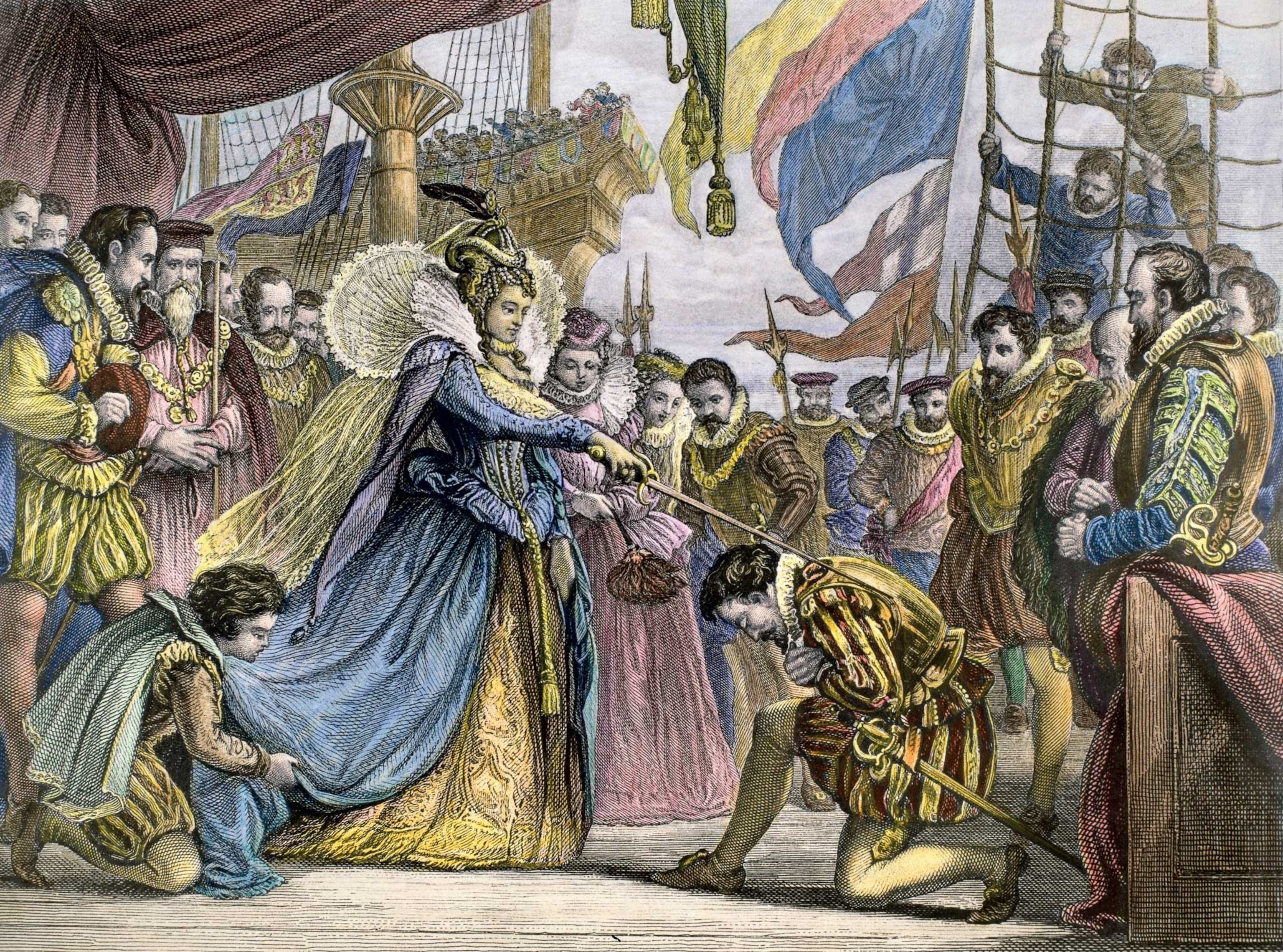
In 1584 Elizabeth changed her low-key stance toward the conflict in the Netherlands and took an active role in backing Philip’s opponents. The queen set into motion a plan “for the annoying of the king of Spayn [sic],” which—after another murder plot against her was discovered—turned into full-scale aggression. Not only did she back the rebels and fund them with her pirate booty, in 1585 the queen also sent Drake with a fleet on a 10-day ravaging of Spain’s northwest coastal region of Galicia—taking hostages, stealing booty, and desecrating churches. Drake would carry out a similar raid on Cádiz two years later, famously “singeing [sic] the king of Spain’s beard.”
Elizabeth had roused a dangerous beast. Two weeks after Drake’s raid on Galicia, Philip decided to strike back with greater force. Combining a talent for bold gestures with obsessive micro-management, he resurrected the Enterprise of England. “It’s ten o’clock and I have not dined or lifted my head all day,” he complained at one stage. He personally oversaw a campaign unlike any seen before: 130 ships carrying 30,000 troops from Iberia and ferrying 30,000 more into England from the Netherlands. Through his attack, he sought to seize England and restore it to Catholicism.
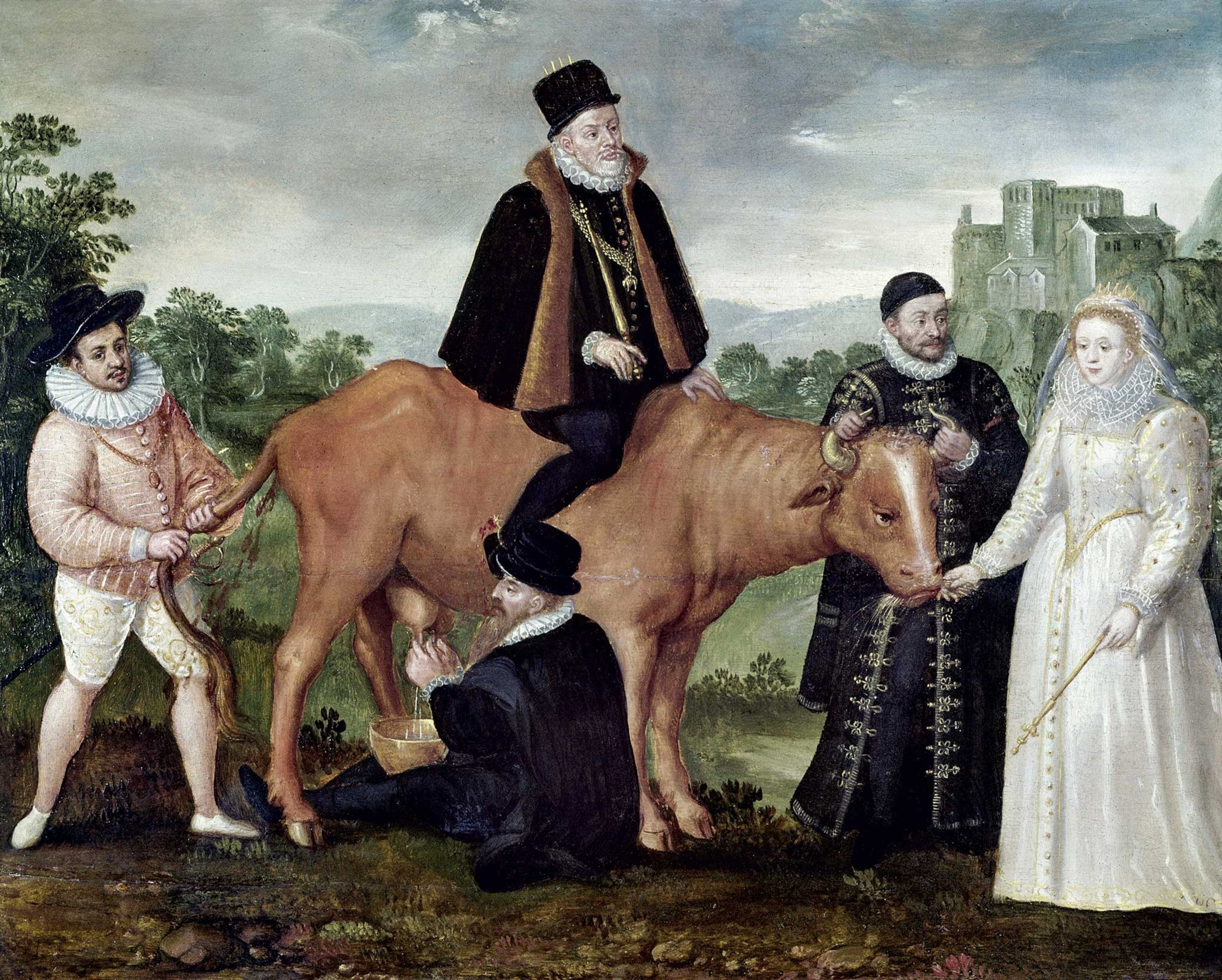
Attack of the Armada
In May 1588 his “great and joyous Armada” (later sarcastically dubbed “invincible” by his enemies) sailed from Lisbon—which had become part of his empire, along with the rest of Portuguese lands, seven years earlier. The plan was brilliant, involving the biggest armed fleet ever seen in European waters, but the plan had a crucial weakness. For while Philip set rules to prevent drunkenness, gambling, and sodomy in his fleet, he paid little attention as to how his two massive forces should coordinate. The Armada was first sighted off the English coast on July 29, forming a crescent-shaped battle order three miles wide. Hilltop fires had been readied to signal its approach and, as columns of smoke rose along the coast, the smaller, nimble boats commanded by Drake harassed the powerful Spanish fleet.
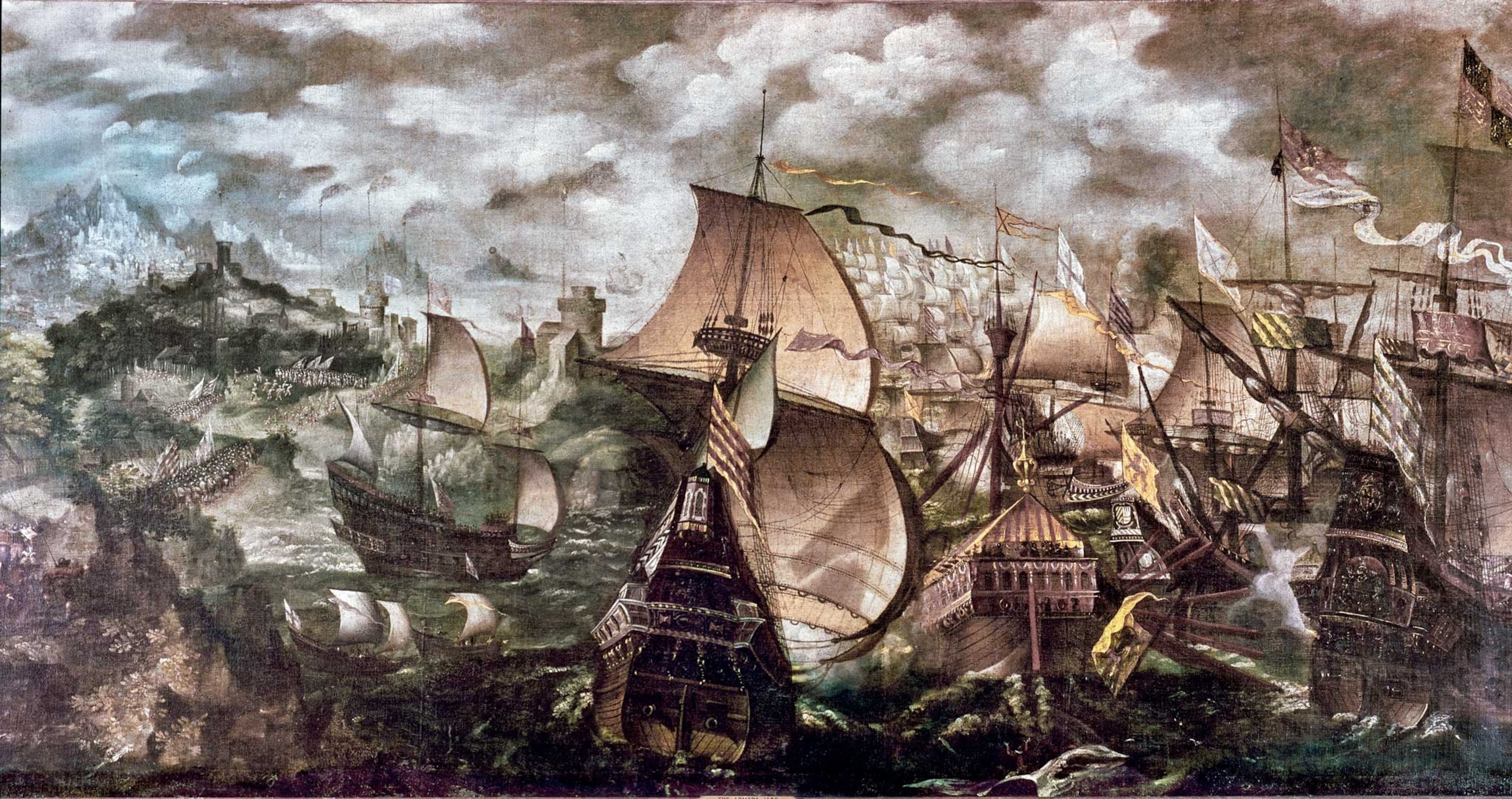
The Armada anchored off the French port of Calais on August 6, with the landing ground on the English coastline in Kent also in view. The army it had to help transport was just 25 miles away at Dunkirk, but it had not been informed and was not yet ready. While the fleet held its position for 36 hours, two things happened: First, it was attacked by eight English fireboats filled with burning pitch and brimstone (sulphur); then, the weather changed. After the Spanish captains had slipped their anchors to avoid the fireboats, they found themselves unable to turn back due to a violent storm. Using the available winds—they headed home on the only path available: a long, dangerous route around Scotland and Ireland. By the time they limped back to Spain, half of the Armada’s men were dead and more than half of the ships were lost.
It appeared that Philip’s God had betrayed him. His enemies taunted him, proclaiming that a “Protestant wind” had driven the Armada away. “God breathed and they were scattered,” boasted the special medal struck by Elizabeth to commemorate the victory. Spain went into mourning. Was “the greatest disaster to strike Spain in 600 years” (as one contemporary complained) a sign that it had fallen out of favor with God?
Spain’s empire was still enormous, but this was a turning point. Over the next decade, the two monarchs continued to send fleets against one another, with Cádiz raided again in 1596. Philip’s wars, meanwhile, bankrupted his country, and he defaulted on his debt. By the time he died in 1598, Spain was suing for peace with many of its enemies. Before her death in 1603, Elizabeth was hailed as Gloriana, who had wed herself not to a man but to her country. England’s enmity with Spain ended with the deaths of Philip and Elizabeth, when King James I—son of Mary Queen of Scots—signed a peace treaty in 1604 bringing more than 15 years of conflict to a close.

